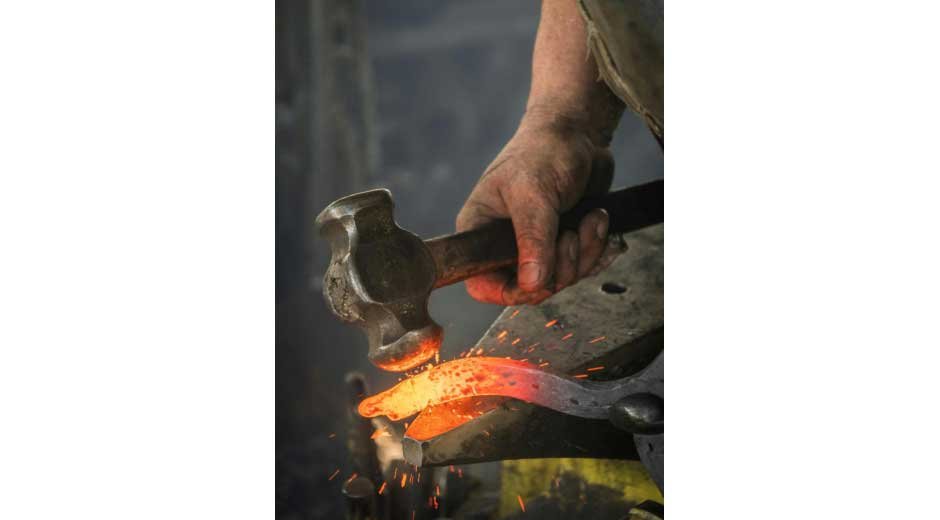Metal casting shapes the world around us in many ways. It creates tools, machines, and even art from molten metal.
Design and functionality must work together for strong, useful products. Engineers and artists carefully plan each casting for the best results.
Why is design so important in making metal parts? The right design helps metal objects last longer and work better.
Understanding how design and function connect in metal casting is key. Let’s explore.
The Importance of Design in Metal Casting
Good design makes metal objects strong, useful, and long-lasting. Engineers decide the shape and size before casting the metal. They think about weight, strength, and how the part will be used.
Small design mistakes can cause cracks or weak spots. A well-planned design helps metal objects handle pressure and heat. Many industries rely on precise designs for safe equipment.
Bridges, engines, and tools all need careful planning. Design helps metal parts fit together perfectly. Without good design, metal objects may fail. Thoughtful planning makes casting more reliable and effective.
Functionality: Making Metal Parts Work Correctly
Functionality means how well a metal part does its job. If a part is too weak, it may break easily. If it’s too heavy, it may not be practical.
Engineers test designs to make sure they work in real life. They consider how much weight and pressure a part can handle. Factories use strong metals to build cars, airplanes, and machines.
A well-made metal part should last a long time. Functionality ensures products are safe and useful. Good casting makes everyday objects stronger and better. Without function, a design has no real value.
Choosing the Right Metal for Casting
Different metals are used for different jobs in casting. Aluminum is light and strong, great for cars and airplanes. Iron is tough and heavy, perfect for tools and buildings.
Copper resists rust, making it useful for pipes and wires. Factories pick metals based on how they will be used. Some metals need to handle high heat or heavy loads.
Mixing metals, called alloys, can make them even stronger. Precision casting helps shape these metals with accuracy and detail.
Choosing the right metal makes casting more effective. The right material makes sure parts last longer. A smart choice leads to better, safer products.
The Future of Metal Casting Technology
New technology is making metal casting better and faster. 3D printing helps create detailed casting molds quickly. Robots make sure each part is made with high accuracy.
New materials help reduce waste and make casting more eco-friendly. Scientists are finding ways to make metal parts even stronger. Some factories use computer programs to improve designs.
Future casting will be faster, safer, and more efficient. Stronger materials mean better buildings, cars, and tools.
Technology is changing how metal products are made. Innovation will keep improving casting for years to come.
Learn the Intersection of Design and Functionality in Metal Casting
Metal casting combines smart design and strong functionality for great results. Engineers and designers work together to create useful metal products. Choosing the right metal and casting method is very important.
Understanding how design and function work together is key. This knowledge helps industries make safer, stronger, and more useful products.
Did you find this article helpful? If so, check out the rest of our site for more informative content.










